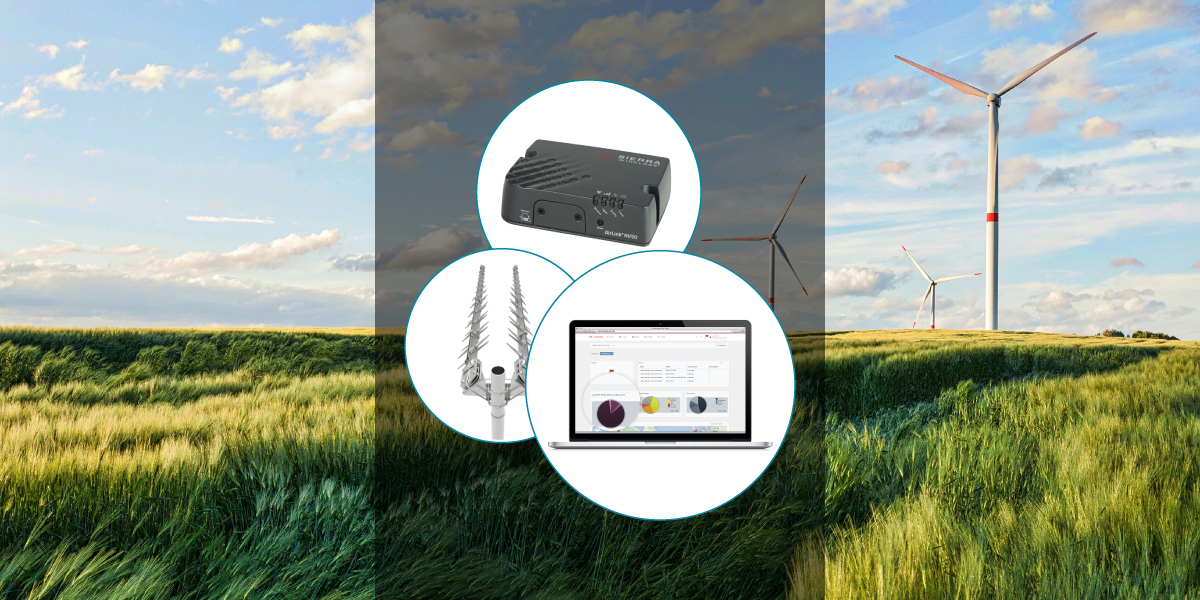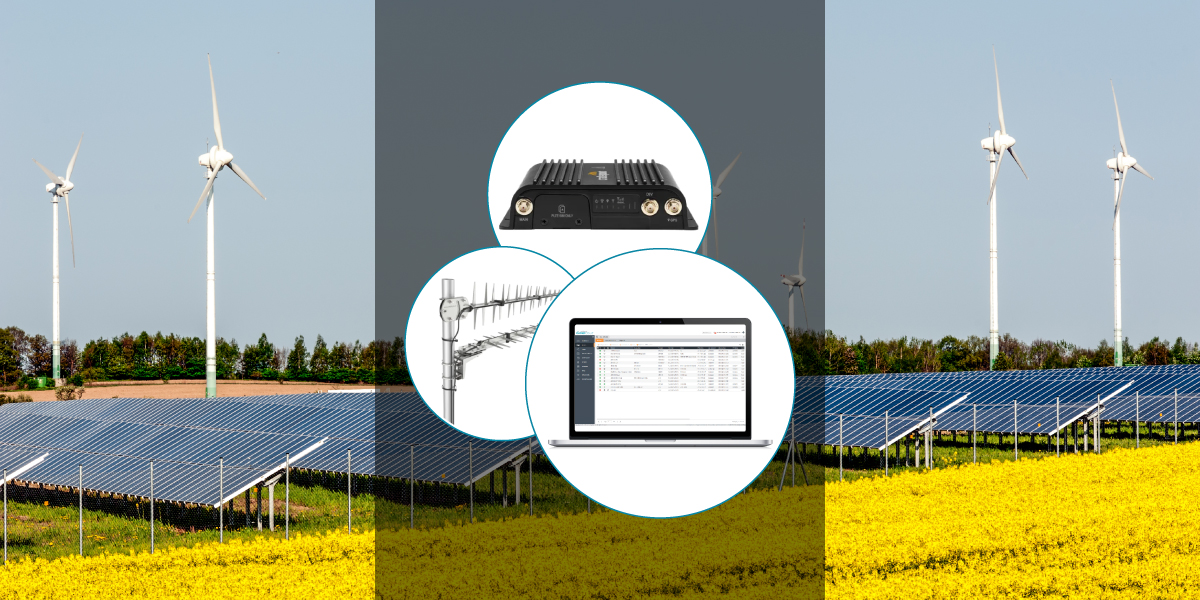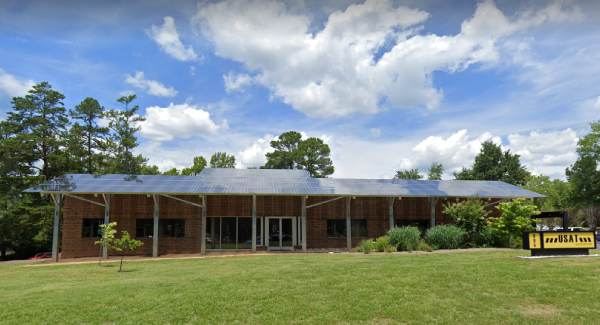Cellular Networking in DER Management
The world is rapidly transitioning towards renewable energy sources such as solar, wind, and geothermal power. This shift towards clean energy is driven by the need to reduce carbon emissions and combat climate change. As the use of renewable energy sources increases, it has become important to manage these resources effectively to ensure a reliable and stable power grid. One way to manage distributed energy resources is through the use of cellular networks.
What Are Distributed Energy Resources?
Distributed energy resources (DERs) refer to small-scale power sources that are located close to where the energy is consumed, such as rooftop solar panels, wind turbines, and energy storage systems. The growing number of DERs presents a challenge for grid operators, as they must ensure that the power generated by these sources is integrated seamlessly into the grid while maintaining grid stability and reliability.
What Is Distributed Energy Resources Management?
Distributed energy resource management (DERM) is a system that manages and optimizes the distribution of electricity generated by various distributed energy resources (DERs), such as solar panels, wind turbines, and energy storage systems. DERM technology enables utilities to balance the generation and consumption of electricity across the grid by allowing them to monitor and control the flow of energy from various DERs in real-time. This technology has become increasingly important as more and more consumers are generating their own electricity through DERs, which can lead to fluctuations in the grid and challenges in managing the distribution of energy.
One way to manage DERs is with cellular networks. Cellular networks provide a reliable and secure way to transmit data between DERs and grid operators, enabling real-time monitoring and control of these resources. By using cellular networks, grid operators can gain visibility into the performance of DERs, identify issues and take corrective action, and manage the flow of power to maintain grid stability.
Cellular networks also enable grid operators to implement demand response programs, which encourage customers to reduce their energy consumption during times of high demand. By using cellular networks to communicate with customers, grid operators can send alerts and notifications about peak demand periods, offer incentives for reducing energy consumption, and adjust power delivery to balance supply and demand.
Another advantage of using cellular networks for DER management is that they can support remote monitoring and control of DERs, reducing the need for onsite visits by technicians. This can result in significant cost savings for utilities, as they can reduce the number of field technicians required to manage DERs.

Top Benefits Of Cellular Networking In DERM Applications
The use of cellular communications for distributed energy resource management (DERM) is becoming increasingly popular in the energy sector. Here are the top benefits of using cellular networks for DERM:
Improved Efficiency
With cellular networks, utilities can monitor and manage distributed energy resources in real-time, providing greater visibility and control over energy distribution. This allows for more efficient use of energy resources and reduces the likelihood of power outages.
Increased Reliability
Cellular networks provide a more reliable and secure communication system for DERM. Utilities can rely on these networks for secure data transfer and communications between devices, ensuring that critical information is transmitted in a timely and accurate manner.
Enhanced Flexibility
Cellular networks enable utilities to quickly adapt to changes in energy demand and supply. By monitoring and controlling distributed energy resources, utilities can balance energy supply and demand, optimize energy storage, and adjust energy generation in real-time.
Improved Customer Service
With cellular networks, utilities can provide more reliable and efficient service to their customers. By enabling real-time monitoring and control of energy distribution, utilities can quickly respond to customer inquiries and provide timely service, improving overall customer satisfaction.
Reduced Costs
Cellular networks can significantly reduce the costs associated with DERM. By providing real-time monitoring and control capabilities, utilities can avoid the need for expensive infrastructure upgrades and maintenance. Additionally, cellular networks can help reduce the need for onsite technicians, which can further reduce costs.
What Types Of Cellular Devices Should Be Used In DERM Applications?
When it comes to enabling effective distributed energy resource management (DERM), cellular devices that can provide reliable and secure communication are essential. Some of the most important features of cellular devices for DERM include:
Reliable connectivity
Cellular devices must be able to provide reliable connectivity to ensure that data is transmitted consistently and without interruption. This is particularly important for DERM, which requires real-time monitoring and control of distributed energy resources.
Security
Given the sensitive nature of the data involved in DERM, cellular devices must have strong security features, such as encryption and authentication, to prevent unauthorized access or data breaches.
Flexibility
Cellular devices that can support multiple protocols and interfaces are ideal for DERM, as they can easily integrate with a wide range of devices and systems.
Scalability
As the number of distributed energy resources on the grid continues to grow, cellular devices must be able to scale up to meet the needs of larger networks.
Rugged Durability
Cellular devices used in DERM applications are frequently used in outdoor environments. As such, they should be capable of withstanding extreme heat and cold, as well as be protected against ingress from dust and water.
Some examples of cellular devices that are well-suited for DERM include cellular routers, gateways, and modems, as well as IoT devices that can provide real-time data on energy production and consumption.

Recommended Cellular Devices For DERM Communications
For applications that utilize Wi-Fi (such as wireless sensors), we recommend the AirLink RX55 or Cradlepoint IBR900. If no Wi-Fi is needed, then we recommend the AirLink RV50x or Cradlepoint IBR600C. If your electric utility also utilizes LoRaWAN networks, in addition to Cellular, we recommend the MultiTech rCell 100, as it can be managed on the same platform as their many LoRaWAN gateways, sensors, and base stations, simplifying your device management.
The use of cellular networks for distributed energy resource management has significant advantages for grid operators. The use of cellular communications for DERM provides numerous benefits to utilities, including improved efficiency, increased reliability, enhanced flexibility, reduced costs, and improved customer service. As a result, many utilities are turning to cellular networks as a key component of their DERM strategies.
Cellular networks enable real-time monitoring and control of DERs, support demand response programs, and allow for remote monitoring and control of DERs. By using cellular networks to manage DERs, utilities can maintain grid stability and reliability while reducing costs and supporting the transition to a clean energy future.
About USAT
USAT specializes in designing and deploying fixed and mobile wireless data connectivity solutions for electric utilities of all sizes — complete with implementation, training, proof of concept (POC), system auditing, and on-site RF surveying services with optional engineering maintenance contracts.
Our team not only helps you select, provision, and activate devices, we make sure they work in practical applications and real-life situations.
For over 25 years, USAT has provided cellular networking solutions for local, regional, and national electricity service providers across the USA. With our extensive catalog of world-class routers, gateways, and software designed for remote monitoring and management in even the harshest environments — you can count on us to get and keep you connected.
Reliable connectivity translates to less manual equipment maintenance, reduced downtime, and an overall increase in your business's ROI. Contact the experts at USAT to learn how our wireless networking solutions can help meet your organization's exacting needs.
Share this Post














